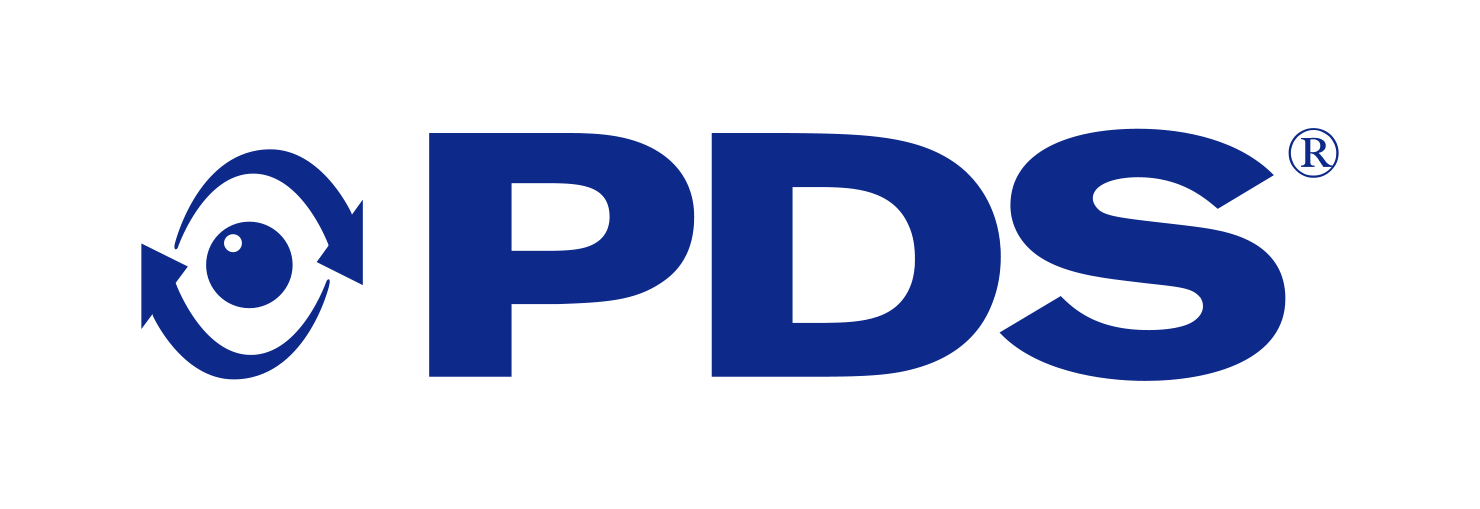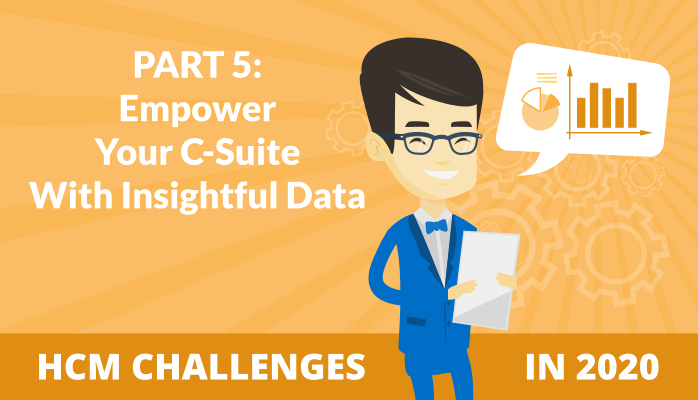In the rest of this series, the HCM challenges we discussed center around managing technology and creating a better employee experience. This article focuses on the challenge of supporting the C-suite and being considered a strategic asset to the organization.
As we all know, our organizations would be nothing without our employees. No matter how great a product or service offering is, without the employees to make said product, deliver said service, or support the operations, a company won’t be successful. Employees are an organization’s most valuable asset, and they are also one of the top expenses on a company’s balance sheet. Therefore, it is critical that the C-suite is well informed about its human capital investments.
With such a vital part of an organization’s operations under the responsibility of the HR department, there has been a long-standing push for HR to be a part of the C-suite. HR should no longer be considered an administrative role. It should be seen as a strategic player within the organization and have a position in the C-suite.
In order to sit at the table, or at least be seen as a strategic part of the management team, HR leaders need to think like C-suite executives. These individuals are managing issues across the organization and have limited time to focus on one area, such as the workforce. They need HR leaders to clearly understand the organization’s goals and develop strategic human capital initiatives that are aligned with the goals. Then, HR leaders need to gather data and report to the C-suite in a concise way that executives will easily understand and allow them to make informed decisions.
Leveraging Your HCM
HCM solutions can be powerful tools in addressing the challenge of fulfilling the role as a strategic partner to the C-suite. There is a wealth of data stored in our HCM solutions, but that doesn’t help if we don’t know how to leverage it. For the data to be valuable to the C-suite, it must be easily accessible in a format that is clear and concise and can drive actionable results.
Advanced HCM solutions offer analytical capabilities that enable HR leaders to easily gather valuable data and deliver insights through standardized and personalized reports to management. PDS offers both analytics and reporting components in Vista to do just that.
Vista Analytics helps HR leaders understand and visualize the business drivers needed to maximize the return on an organization’s human capital investment. There are more than 100 analytics delivered with Vista that are categorized by application for easy navigation. Vista helps users easily gather data from across the enterprise. Dynamic dashboards present data in an engaging and meaningful way—and, where useful, allow users to drill down into actionable data or to other analytics to gain a deeper understanding.
With Vista, you can curate a dashboard for a specific user or group of users—such as your recruiting managers or your C-suite—to provide them with visual clarity of your data. Access to a dashboard can be easily granted through Vista Security. By making the data available to all the appropriate stakeholders, more informed decisions can be made. Dashboards can replace hard-copy reports with charts and graphs that makes sense to the people that need to know, but don’t want to hunt around to find it.
Reports are still necessary and extremely valuable—they can supplement the information presented on dashboards. Reporting continues to need to be a central part of your HCM solution. Vista Reporting provides hundreds of preformatted, parameter-driven reports categorized by application that help you quickly get to your data and share with users across your organization.
Empowering the C-Suite
When providing information to upper management, we need to understand that their time is limited. They are relying on high-level reports and executive dashboards to provide them with the facts and evidence they need to quickly make informed decisions. They want strategies to be based on hard data. For example, they might want to see the connection between increasing compensation and increased performance, since it is a major expense for their organization. Therefore, HR leaders need to put on their data analyst hats and work to understand executive strategies that relate to HCM data and determine how best to present that data in an insightful way.
It is critical that HR leaders develop their strategies in line with the organization’s goals and then provide the C-suite with optimized data that reflects those strategies. You must speak the C-suite’s language in order to engage them and be a part of them.
The data within Vista is a gold mine for high-value decision making. Organizations need to measure and analyze that data for strategic corporate success. With Vista Analytics, you can easily streamline this information into vital decision-making tools and empower your C-suite.
This is the conclusion to our HCM Challenges in 2020 series, which explored app overload, employee burnout, diversity initiatives, team building, and finally, empowering the C-suite.

